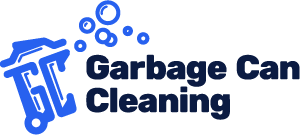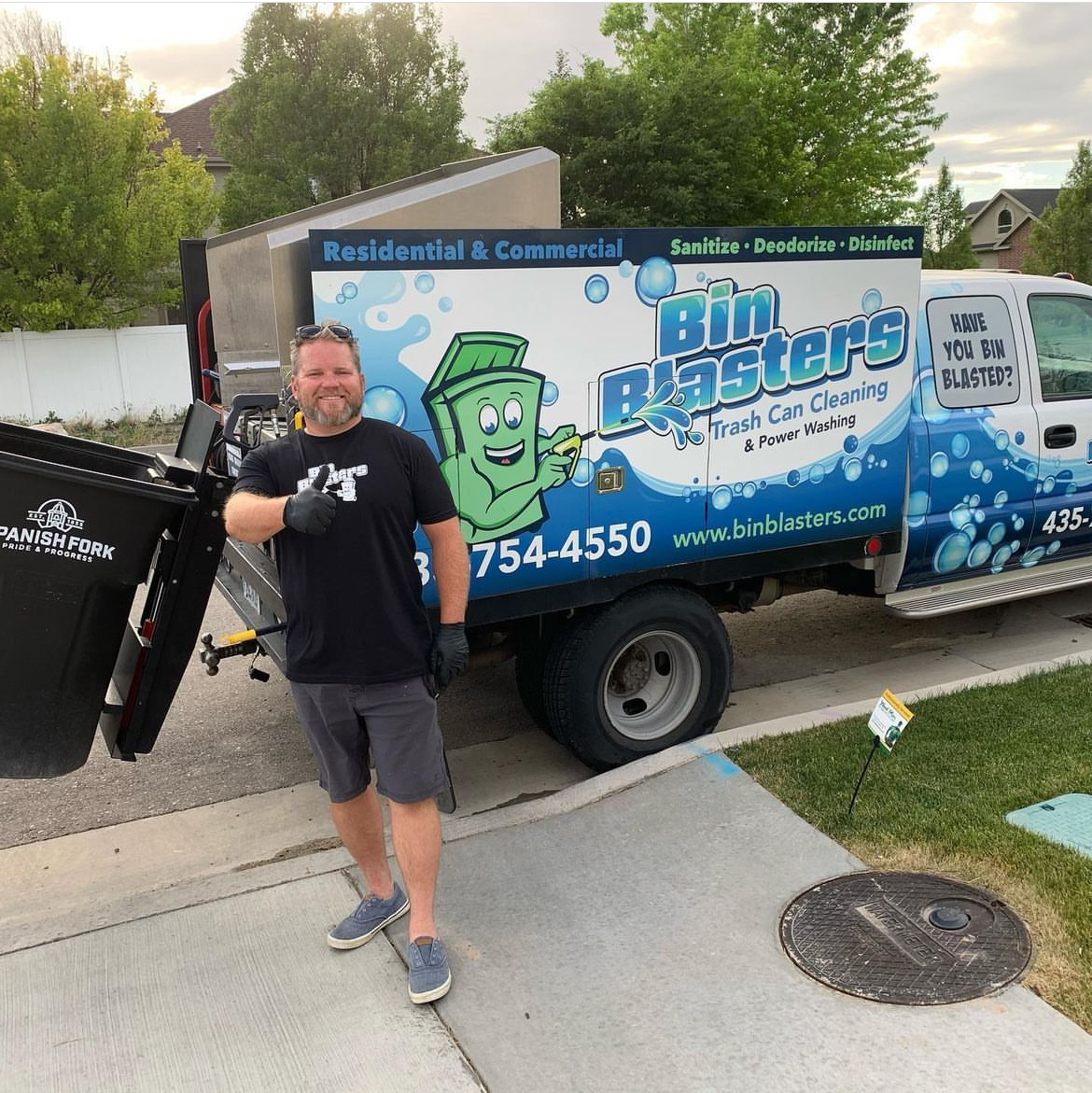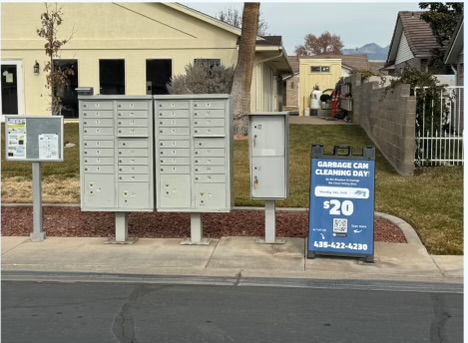Determining the right pricing for your garbage can cleaning services is crucial for attracting customers and ensuring profitability. Whether you’re just starting out or looking to refine your pricing strategy, understanding your costs, researching the competition, and highlighting your unique value proposition are key steps to success. In this guide, we’ll walk you through the essential factors to consider and provide practical tips to help you set competitive and profitable prices for your business.
1: Understand your costs
To set a profitable price, you first need to understand your costs, which can be divided into fixed and variable costs.
- Fixed Costs: These are expenses that do not change with the number of services you provide. They include:
- Equipment purchase or lease
- Insurance
- Business licenses and permits
- Office rent and utilities (if applicable)
- Marketing and advertising
- Variable Costs: These fluctuate based on the number of customers you serve. They include:
- Fuel and vehicle maintenance
- Cleaning supplies and chemicals
- Labor costs (wages for employees)
- Disposal fees
2. Research Competitor Pricing
Conduct market research to find out what other garbage can cleaning businesses in your area are charging. This will give you a benchmark for setting competitive prices. Consider the following:
- Look at their websites and promotional materials.
- Contact them posing as a potential customer to get a detailed quote.
- Analyze their pricing structure (e.g., one-time cleaning vs. subscription plans).
3. Determine Your Value Proposition
Consider what sets your service apart from the competition. Your unique selling points (USPs) can justify higher prices. Factors might include:
- Eco-friendly cleaning solutions
- Exceptional customer service
- Faster response times
- Additional services (e.g., pressure washing, recycling bin cleaning)
4. Set Your Pricing Structure
Decide on a pricing model that fits your business and market. Common pricing structures include:
- One-Time Cleaning: This is a single service fee.
- Subscription Plans: Offering service plans is crucial for growing a valuable bin cleaning business. I suggest keeping your offers simple, giving too many service plan options will lead to “analysis paralysis”. Monthly, Quarterly and One Time services are the most popular in the industry. Keep it simple!
- Tiered Pricing: Different pricing levels based on the number of cans, size of cans, or frequency of service.
5. Calculate Your Base Rate
Use your cost analysis to determine your base rate. Ensure your price covers all costs and provides a profit margin. Here’s a simple formula to calculate your base rate:
Base Rate= Total Fixed Costs + Total Variable Costs ÷ Number of Services Provided
Base Rate=Number of Services ProvidedTotal Fixed Costs+Total Variable Costs
Add a profit margin to ensure your business is profitable:
Final Price = Base Rate + Desired Profit Margin
6. Consider Perceived Value
Customers’ perception of your service’s value can affect your pricing. High-quality services, professional appearance, and strong customer reviews can allow you to charge more. Ensure your branding and customer communication emphasize the value you provide.
7. Examples of Pricing Tiers
- One-Time Cleaning:
- Single can: $45
- Two cans: $65
- Three cans: $85
- Subscription Plans:
- Monthly: $20 per can
- Quarterly: $22 per can
- Premium Service (includes deodorizing and disinfecting):
- Add $5 per can
8. Offer Discounts and Promotions
Attract new customers and retain existing ones by offering:
- First-time customer discounts
- Referral discounts
- Seasonal promotions (e.g., spring cleaning specials)
9. Monitor and Evaluate
Regularly track your expenses, revenues, and customer feedback. Adjust your prices as needed to maintain profitability and competitiveness. Use financial software or hire an accountant to help you stay on top of your financial health.
Conclusion
Setting the right pricing strategy for your garbage can cleaning business requires a thorough understanding of your costs, market conditions, and the value you offer. By carefully calculating your expenses, researching competitors, and considering your unique advantages, you can establish competitive and profitable pricing that attracts and retains customers while ensuring your business thrives. Pricing is just one factor, learn more about what else matters when hiring a trash bin cleaner.






